The 500 households evicted by Hoima Sugar Limited are helpless

About 500 households who were evicted by Hoima Sugar Limited in 2013 are still helpless and they have nowhere to go to.
Hoima Sugar Limited evicted about 6000 indigenous communities of Bakiga , Banyoro, and some Alur communities from 1,300 acres in Kijayo, Buhaguzi county in Kikube district to pave way for the sugar plantation.
Up to now, none of the victims of the ugly by product of the multinational company and large-scale agribusiness Hoima Sugar Limited have been compensated. Apparently, most of them are living in poor and vulnerable condition after they have been forcefully evicted and drove into three internally displaced people’s camps located within the Hoima Sugar Limited in Kijayo,Kikube district.
The affected persons filed lawsuit at the High Court in Hoima against Hoima Sugar Limited seeking for compensation for their properties, loss of lives and also for the violation of their basic fundamental human and economic rights. These individuals were seeking for compensation and payment for malicious damages to properties and lives during the eviction.
While appearing before the commission of inquiry into land matters Catherine Bamugemereire last year, Rajasekaran Ramdos, the senior agricultural officer of Hoima Sugar Ltd, said at least 146 people have been compensated.
However, evidence seen by the Albertine Watch indicated that some affected residents were paid as little as Ugandan Shillings 30,000 for an acre of land, Ramdos told the commission of Inquiry into the land matter that Hoima Sugar Limited would go into fresh negotiations with the affected persons. However, up to now, no further negotiation has taken place yet the residents continue to suffer with nowhere to go.
Hoima Sugar Ltd, is owned by Kenyan investors who purchased the contested nine square miles of land from Bunyoro Prince Herbert Kimera Rwakiswaza in 2011 to plant sugarcane in the new district of Kikuube, recently carved out of Hoima District. The land was purchased at 3 billion Ugandan shillings (approximately USD 800,000) paid to the Bunyoro Kingdom through the kingdom prince Herbert Kimera Rwakiswaza.
Apparently, thousands of residents in the villages of Kijayo, Ikoba, Muziranduuru, Kyabataka, Kadiki, Kyakasoro and Kabango are displaced and many others have died due to the violent eviction mounted on them by Hoima Sugar Limited on February 20, 2015 .
Augustine Karamire, Evelyne Turyagumanawe, George Bangirana and Matovu Francis are among those who died due to severe injuries. Matovu’s wife and three children were hacked to death using machetes. Others are Matia Mulumba, Aidah Kyarukunda, Wilson Singwire, Nakyanzi Akankunda wife to Erias Muganyizi, Hakim Sudayisi, Kiggundhu Adibayo son to Hamad Mwongerwa and Powerson Mugarura among others that the Albertine Watch was able to verify their details.
According to the Chairperson of the project-affected persons, Mr Asaba Muhereza,at least, 26 people died, largely as a result of wounds they suffered after the attack.
The affected families now live in squalor in mud and wattle structures and others have constructed shacks adjacent to the area where they evicted. The piece of land was offered by Christian Fellowship Church and the Local Council chairperson, Mr Edward Kasigwa, for free.
“I do not understand the way the Ugandan government works; they provide all the necessary social services to refugees but we Ugandans are not catered for yet we vote them. They cannot even provide burial grounds for them that I have to bury them on my land,” reveals Mr Kasigwa while addressing groups of journalists and activists from the Albertine Watch, Daily Monitor and the New Vision among others who visited Kijayo IDP’s camp.
Attempts to reach the management of Hoima Sugar Limited regarding the case was futile as they were not willing to talk us.
Similarly , the government is also not helping the situation . The children cannot go to school and pregnant mothers have challenges of accessing health facilities .
In Uganda, the government care about refugees more than the citizens. The government give land to refugees instead of taking care of nationals.
There is no any government intervention in response to this challenge. The Ministry of Disaster Preparedness in the Office of the Prime Minister or Hoima District have not come on the ground to offer any sort of support inform of clean water, food and tarpaulin, toilets , scholastic materials among others.
In 2012, the High Court in Masindi issued a temporary injunction, halting the eviction of the locals until the main suit is disposed off. However, the investor adamantly rejected the orders to evict these families. Though the hearing of the main suit ended in 2016, judgment is not delivered up to date. Judge Simon Byabakama, who presided over the case, has since then been appointed chairperson of the Electoral Commission.
The Albertine Watch is very much concern about the conditions in which these Landless families are living in.
Land conflicts in the Albertine graben is increasing and spilling over especially right now because of the discovery of Oil and gas. This poorly conceived and executed development is likely to throw out hundred thousand of local communities into suffering that will likely to jeopardize the security in the Albertine region
Current situation in Kijayo Internally Displaced Camp and the need for Humanitarian interventions.
There are no Health facilities in this community, no Village Health Team (VHT) and no Health campaigns. The people have been left to the mercy of nature. There is no antenatal care; mothers give birth assisted by untrained local birth attendants who do not have the basic items such as gloves. Mothers and babies are exposed to infections and in several cases, they have lost their lives as a result, while others die on their way to Mukabara HCIII which is about 10 kilometers away. Kyarikunda Christine (in picture) 30 and a mother of six (06) tells the story of how she delivered in the Camp and her baby survived the ordeal. She gave birth in her hut a lone without any help from birth attendant.
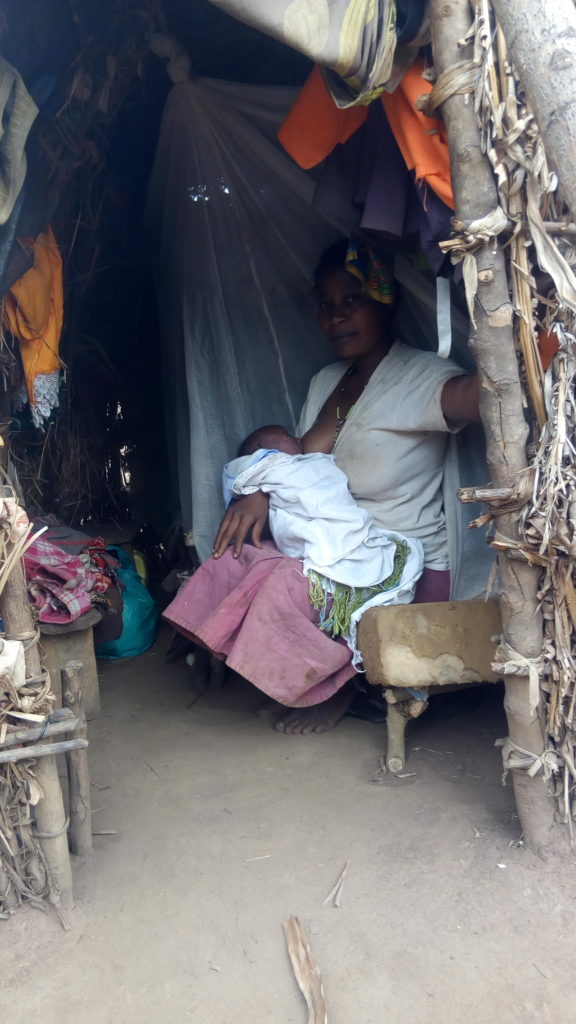
Malaria, cough, diarrhea, and pneumonia are common torments in the Camp and responsible for most deaths especially among children.
Water and Sanitation
There is no source of water in the Camp. The nearest source is an unprotected shallow well about a kilometer away. They share the well with both domestic and wild animals. The only borehole in the community has been out of use for months and the local people do not have the means to repair them. Apparently, the church is looking at the possibility of having all the broken boreholes in the community built by the government repaired back in order to avail water to the locals. At the time of this publication, repair and renovation work has started on one of the most immediate boreholes to the community.
The camp has only 3 temporary latrines that serve over 600 people. As a result, some people go to nearby bushes. The Camp is littered with fruits peels and other staff that has collected flies, endangering the health of the people who live in fear of disease outbreak especially dysentery and cholera which could easily wipe out the whole Camp.
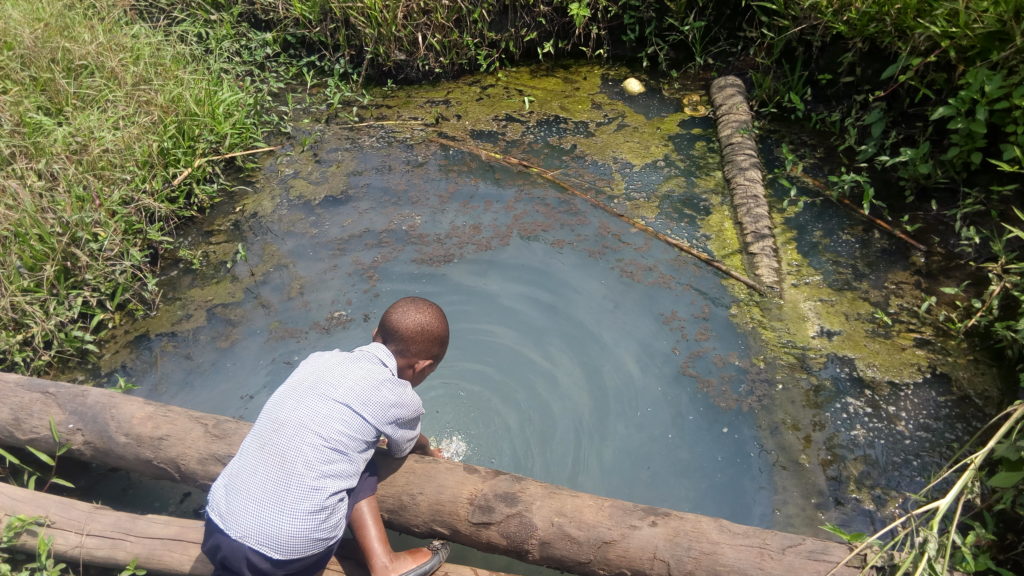
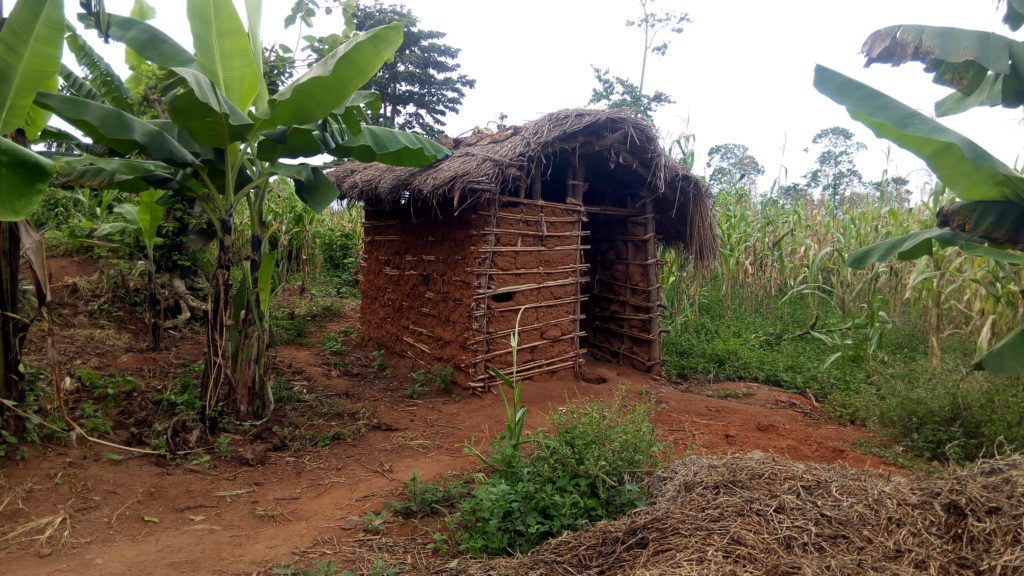
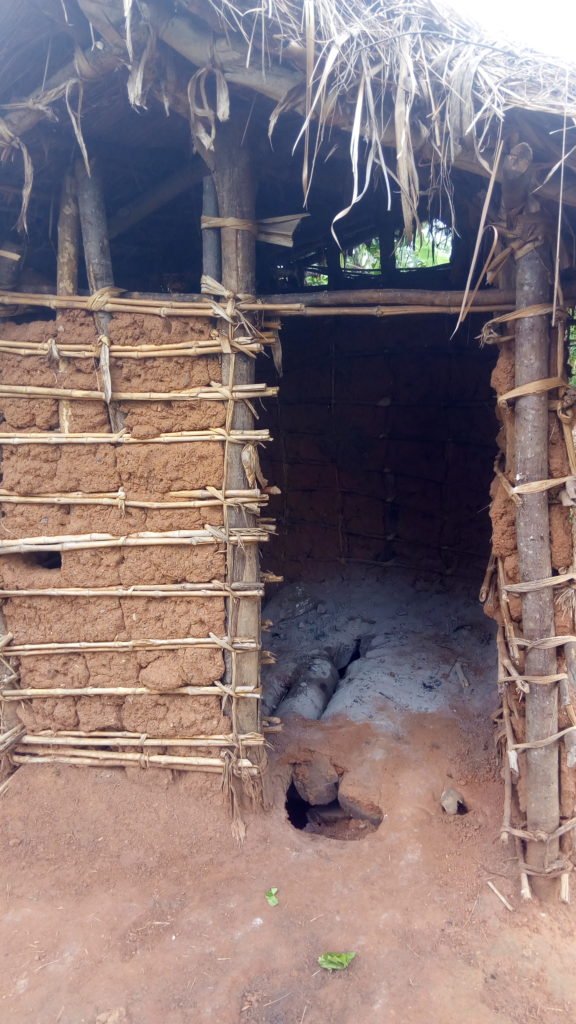
Adolescent girls and boys undergo psychological torture due to the past experience. For instance, girls end up using dry banana fibers as sanitary material during their periods which at the end result into infections.
Poor Housing
The Camp is congested and the grass huts are too small to accommodate all the members. The people who occupy them are about 5-7 people per house. Parents and children share the only room. They are no ventilation to allow fresh air. The fibers and grass are worn out, the sun filters through burning the people during the day and cold winds at night. When it rains, the floats collect around the huts and during the dry season, there is fear of flies everywhere. One dry season, at the beginning of March,2019,7 huts were touched as fire spread from hut to hut destroying clothing and items. Furthermore, the young girls and boys have ended up in early marriages as a result of congestion in the house and parental experience they get by sharing the same house with their parents. This situation should be attended to before it gets worse.
Food Shortages
Due to lack of land for agriculture, the people hardly get enough food and even then, the little food they got is of poor quality leading to Most children being malnourished. Since there is no land to grow food, families have to work in neighboring gardens including getting to work back for Hoima Sugar Limited to earn just handfuls of maize, meal, cassava and beans. Most families survive on a meal a day; yet they have to work hard to earn the days meal. This drains them of the much-needed energy, causing body weakness that eventually compromises their health. The Albertine Watch is very much concern of this situation.
Before they were evicted, these people had land to grow maize, rice, beans for food and were able to sell off some of the food and buy family basic needs and send their children to school. Now with the land taken, they cannot grow food and have no means of income. Most families cannot afford sugar, salt, soap and clothing or send their children to school. There is no hope of ever raising money to buy land or make a fresh start in life. However, there is an available land of three acres which is on sale but the community has no ability to purchase it.
Education
Because there is no income, most families can no longer afford to send their children to school. There is no money for fees and scholastic materials. The only government school in the area is 7 kilometers away from the Camp and hard for most children to walk morning and evening.This has forced children to drop out of school. Girls are getting married at the age of 13 years and boys have opted for child labor to get food, earn a living and make a start in life.
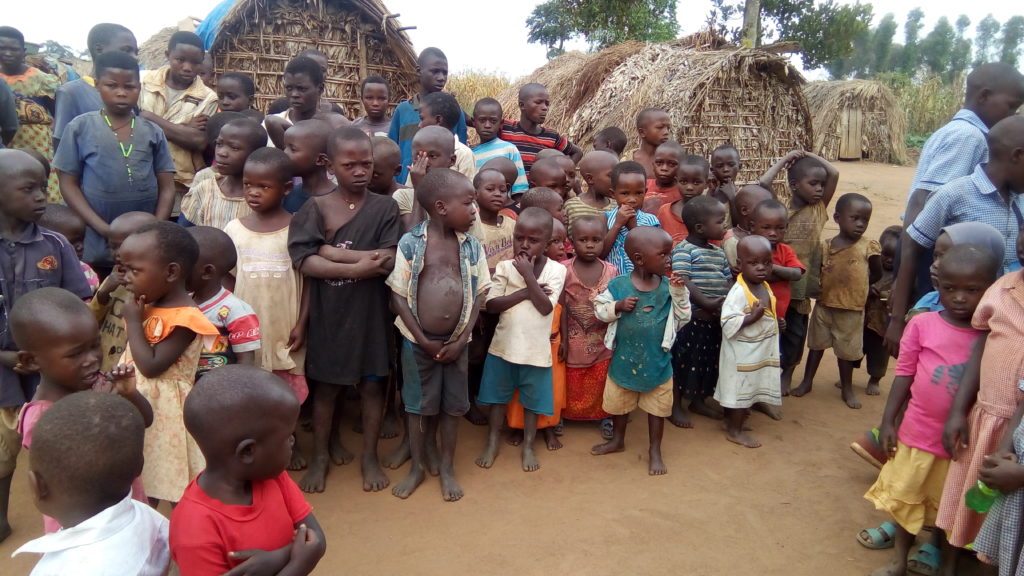
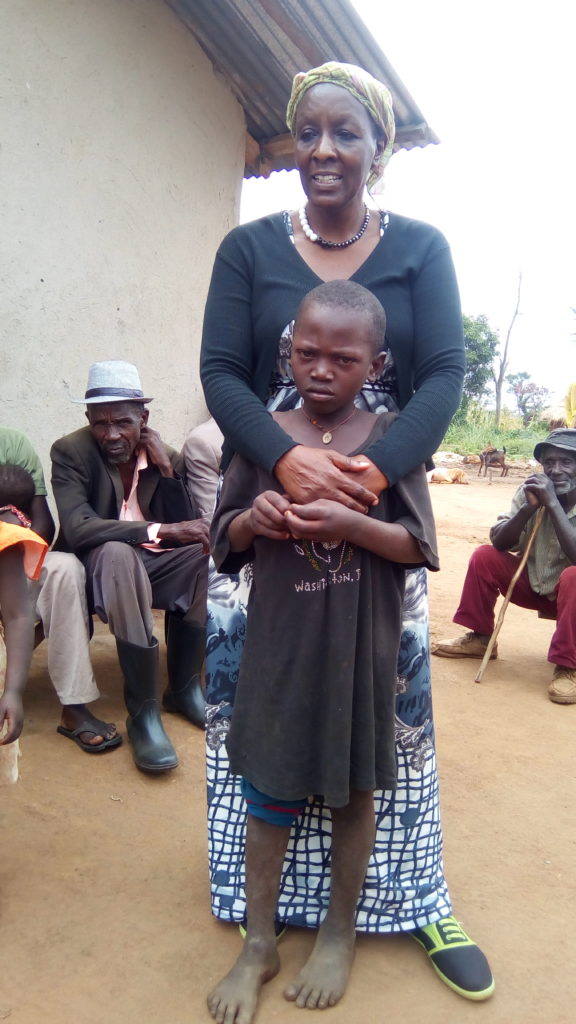
Peter Singura is 13 years and an orphan, his father was shot during the eviction, so he has not been able to attend school yet has dreams to become a lawyer.
He now goes to work in people’s gardens to earn food for his mother and siblings. Peter is not alone. There are many children like him in this Camp whose life time dreams have been shattered.
The people’s social life has been disrupted. They no longer participate in social activities, no parties, SACCOS have been long forgotten, and when a family member die, they have to beg for a meter of land to help them burry the deceased body. Men have lost self-esteem and resorted to drinking, smoking and in search of a livelihood. Homes are breaking and children becoming unruly. Parents envisage a wasted generation as they cannot pass onto their children the much-cherished family values; with no property or inheritance to pass on.
Hoima Christian Fellowship Church is committed to building two (2) VIP Latrines in the camps. The locals will contribute land and labor.
The Church is taking care of the evicted families through their branch which is located in Kijayo on a radius average of 30 to 50 kilometers.
This church which has got Seventy-Eight branches all over Uganda has dedicated one of their church in Kijayo to host more than 90 families at its church premises after these people were forcefully displaced, moved out their homes five years back, due to land issues.
This article is about the people whose future hangs in the world of the unknown. The Albertine Watch is reporting what exactly it has witnessed, experienced and heard so as to comprehend the magnitude of the problem. It is simply hard to imagine that there are people living in such pathetic conditions. Hence the appeal to the government, leadership, and civil society to take action before hunger and poor living conditions claim the lives of poor Ugandans in Kijayo

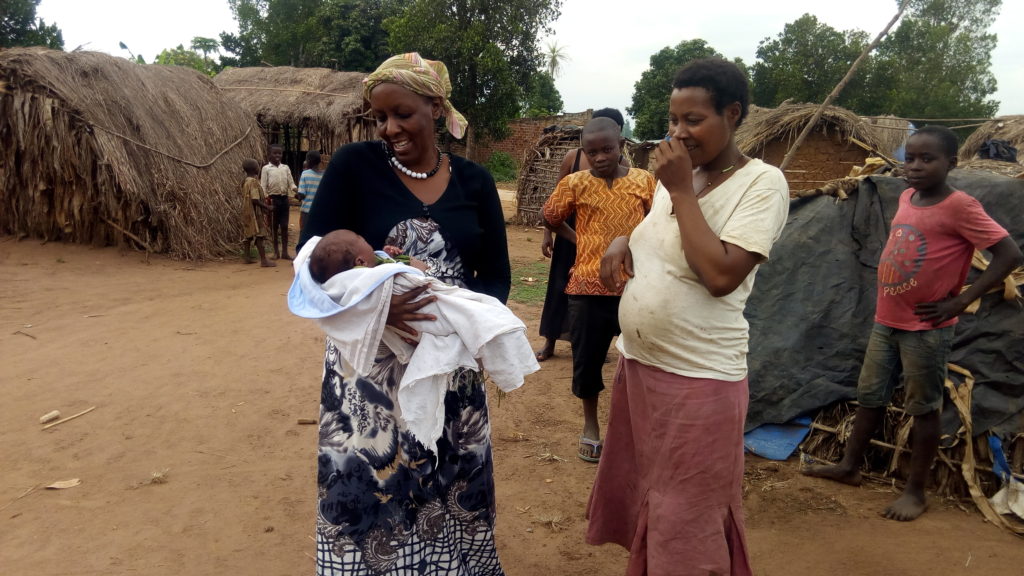
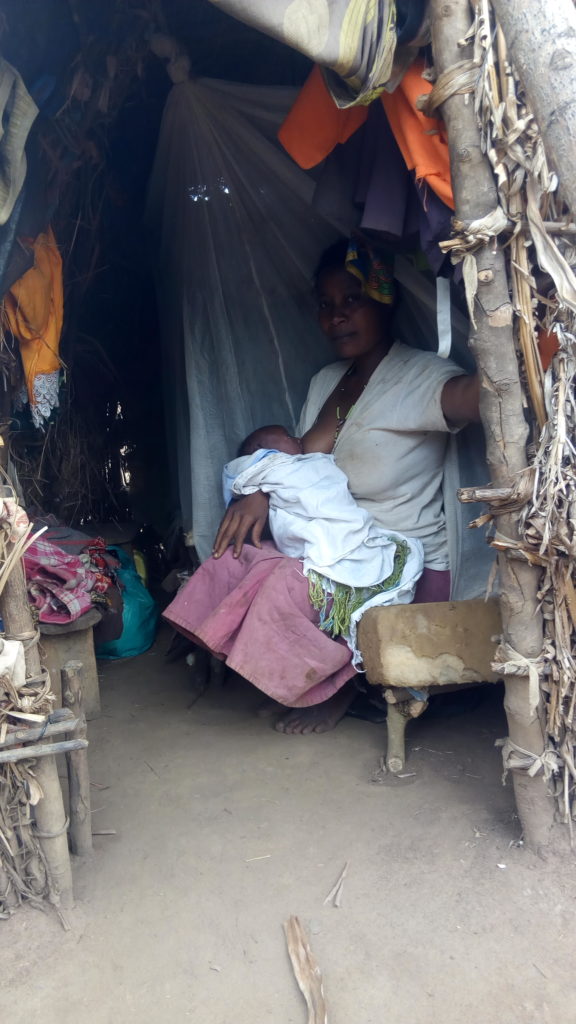
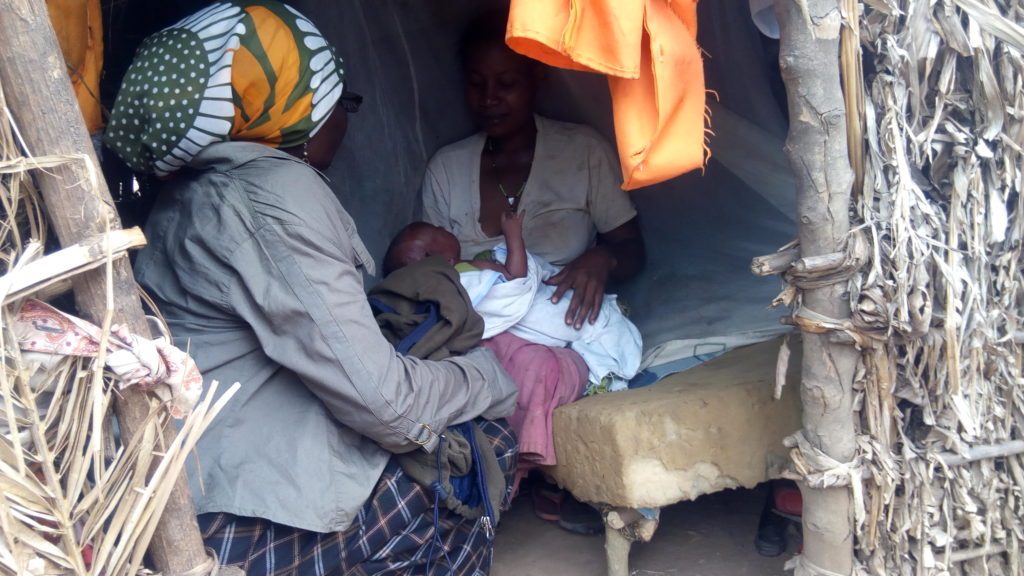
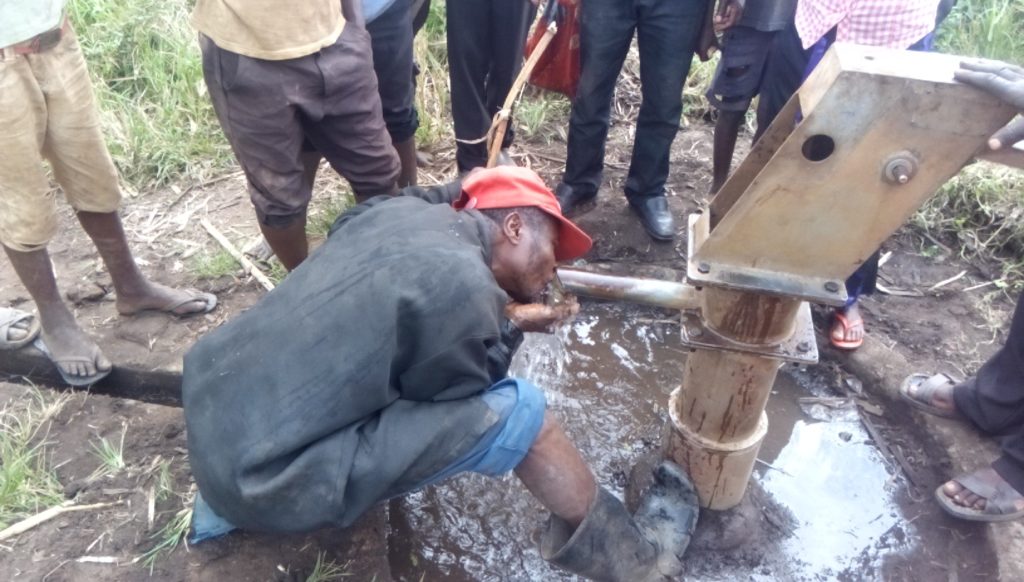
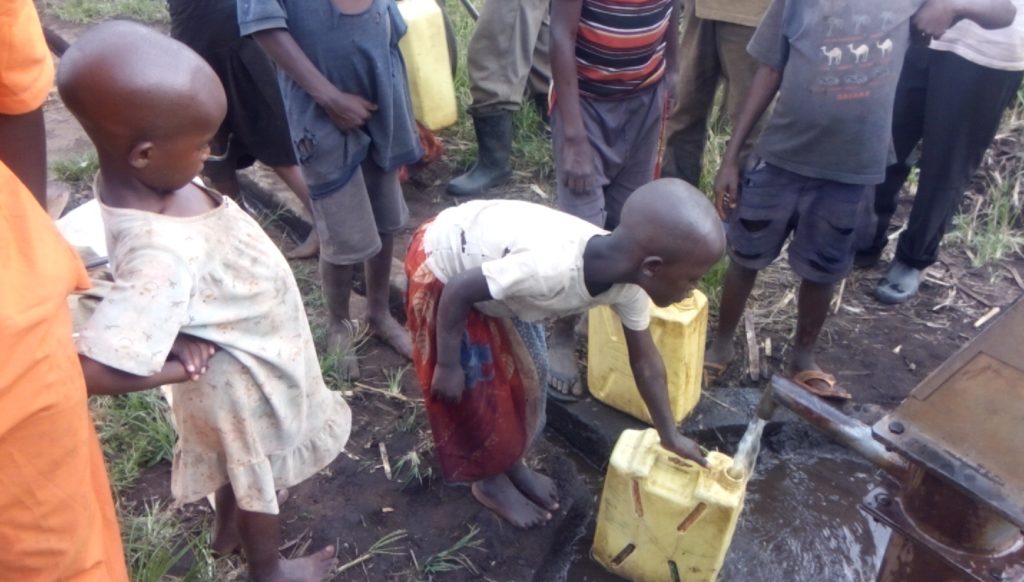
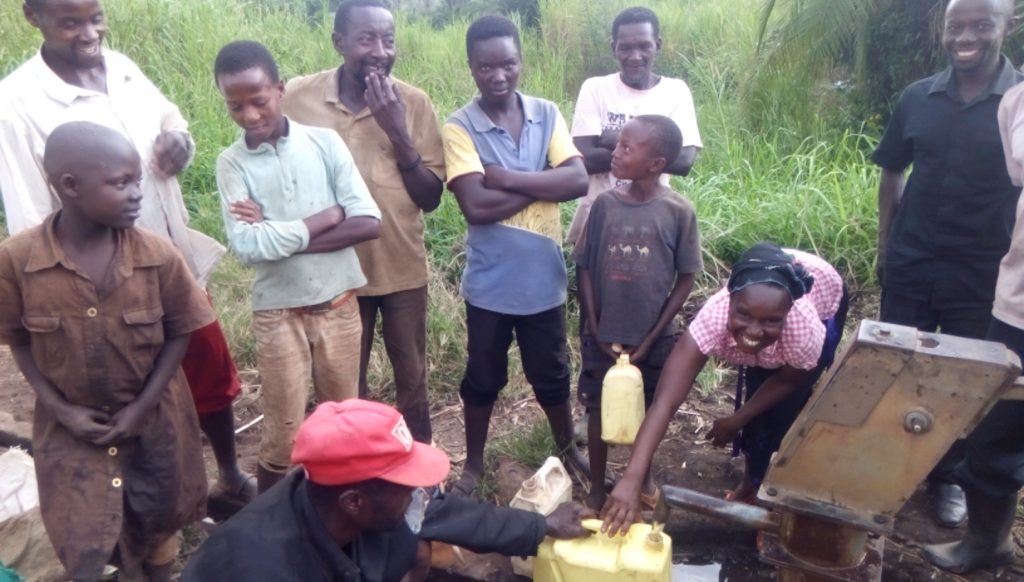
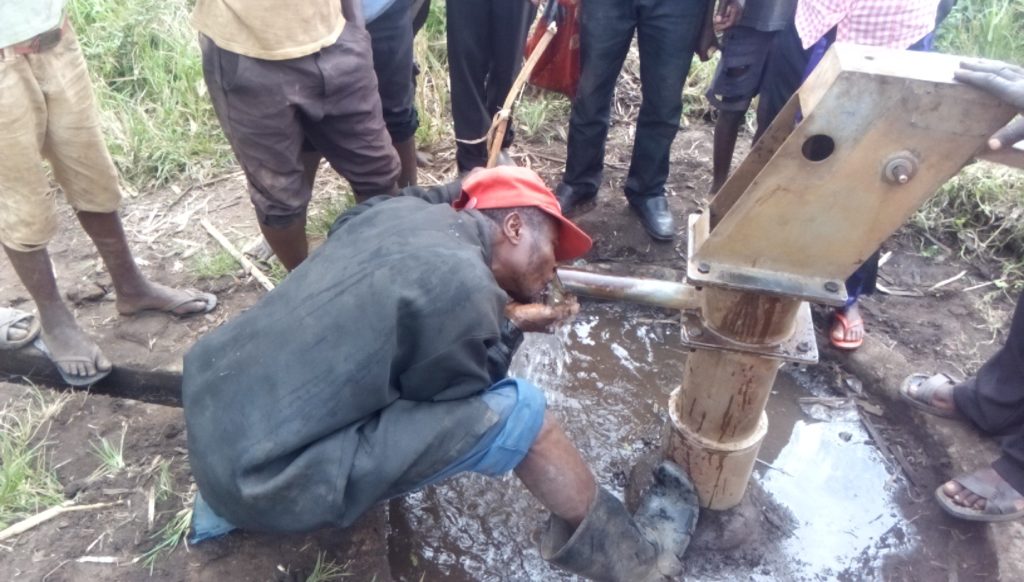
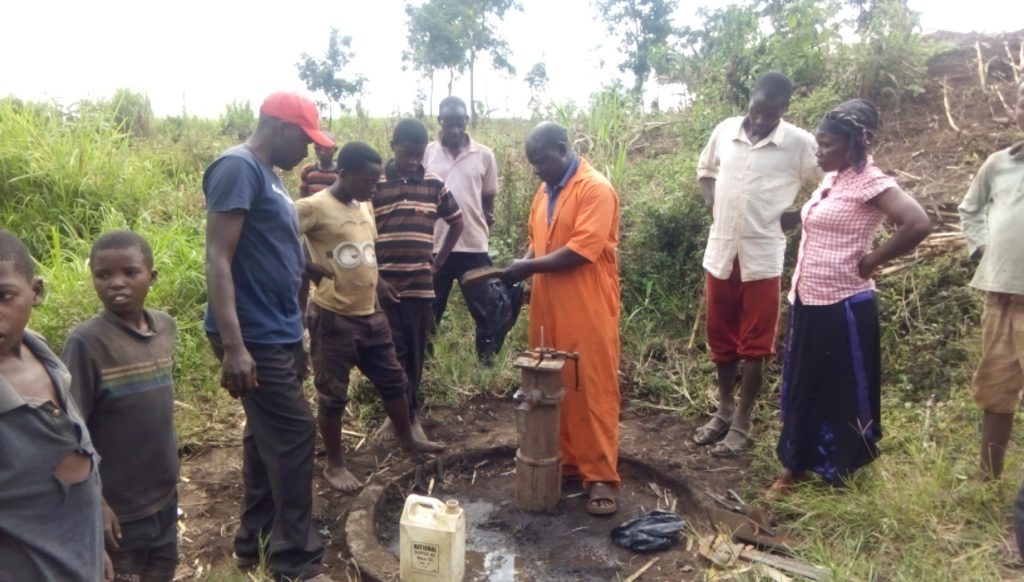
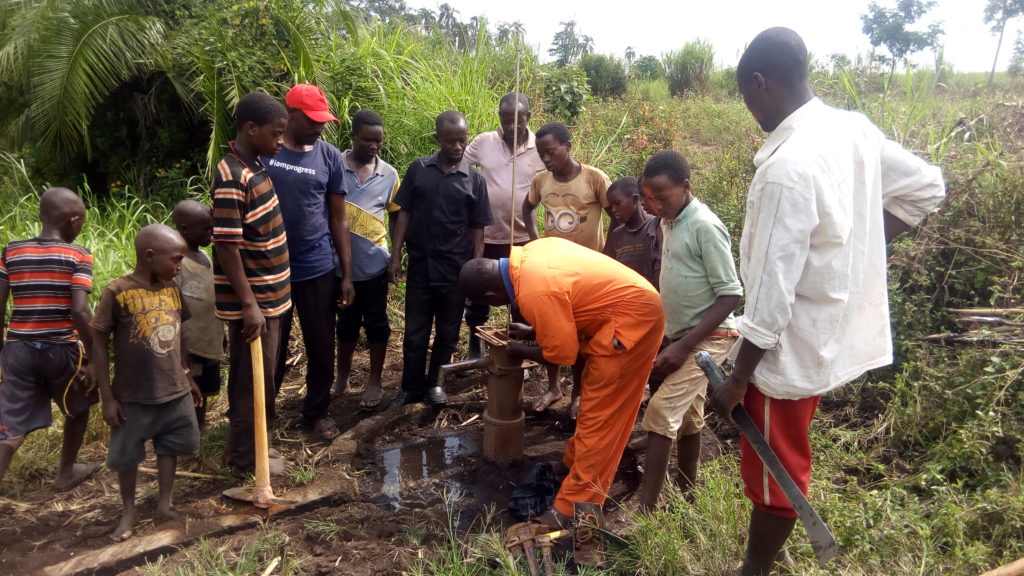
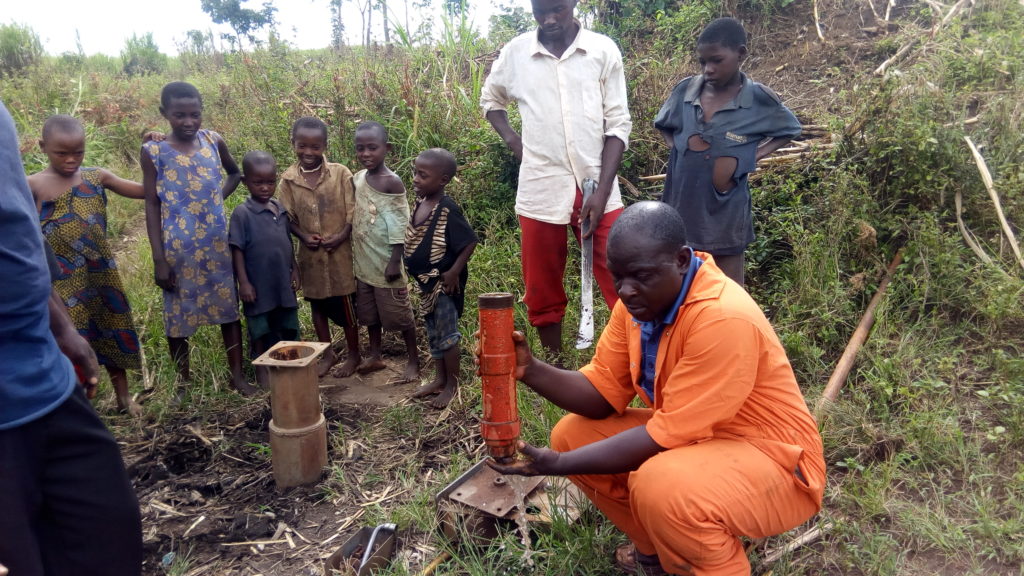
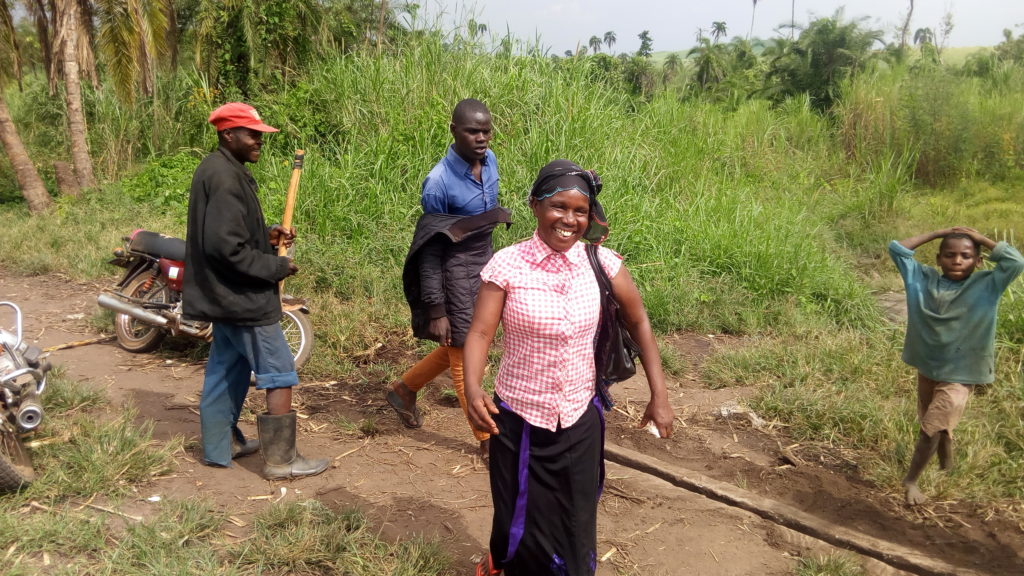
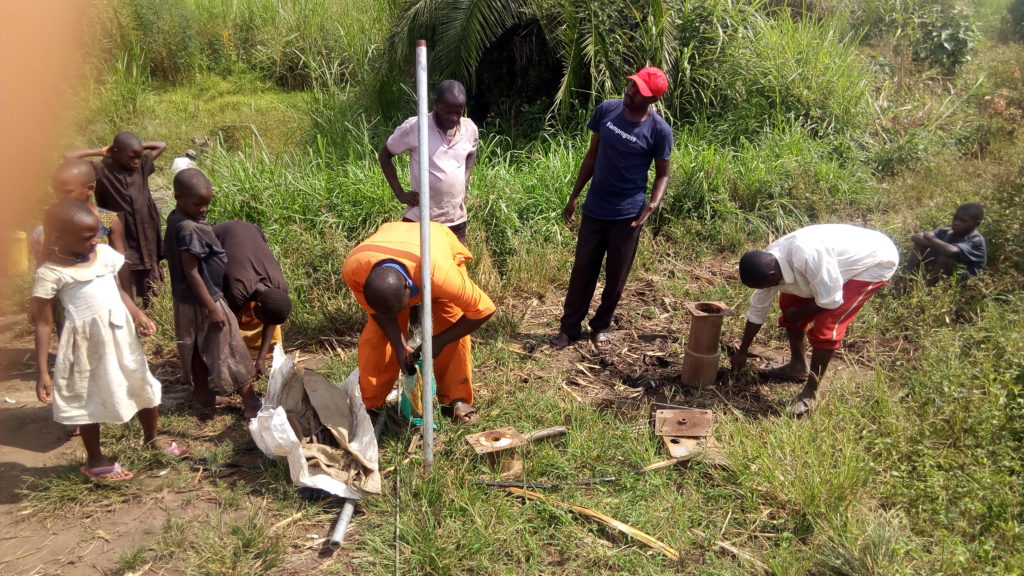
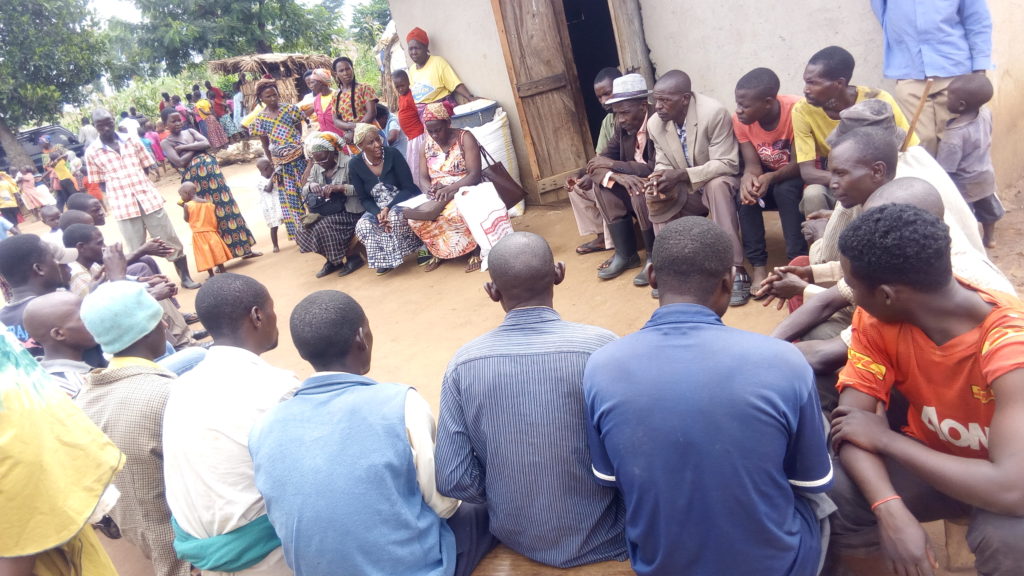
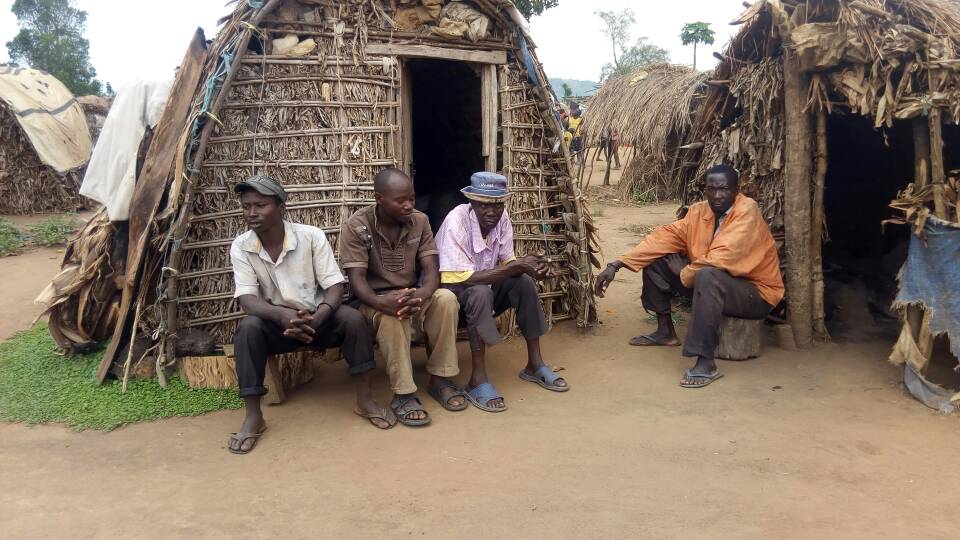
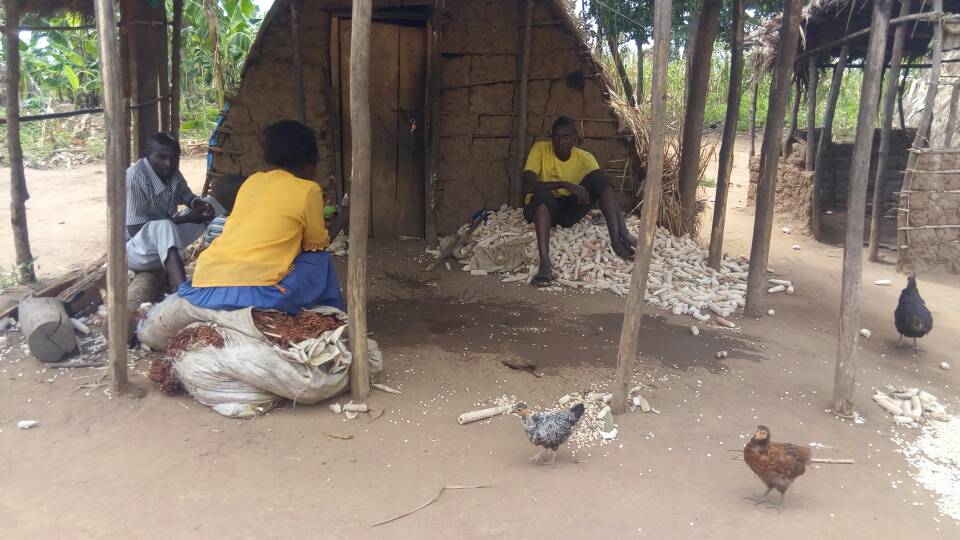
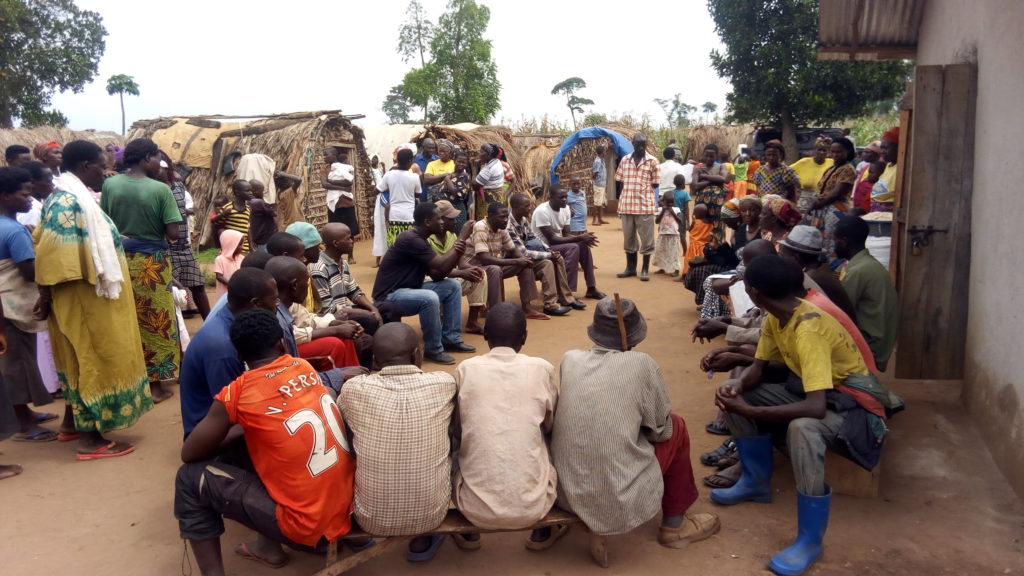
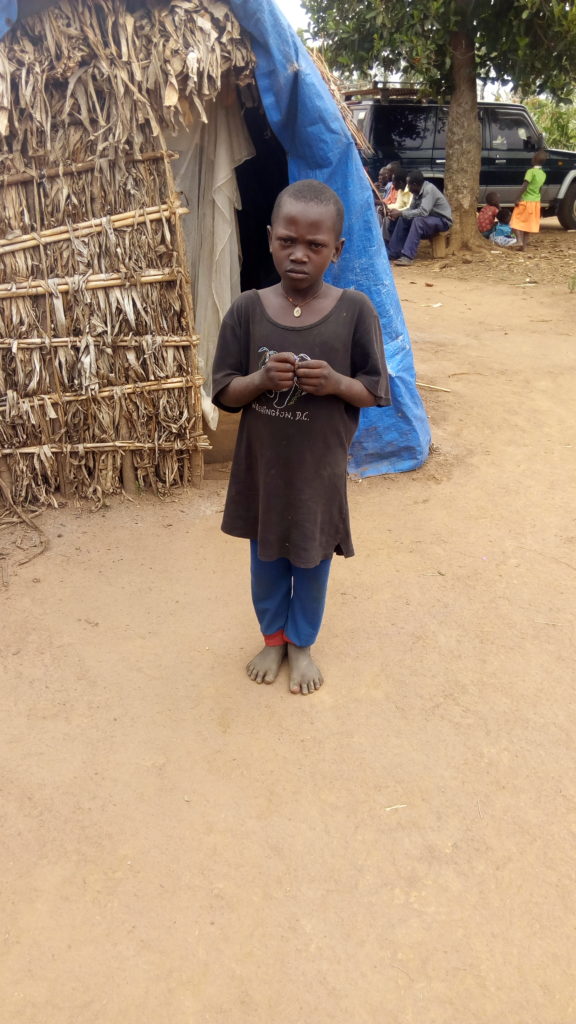
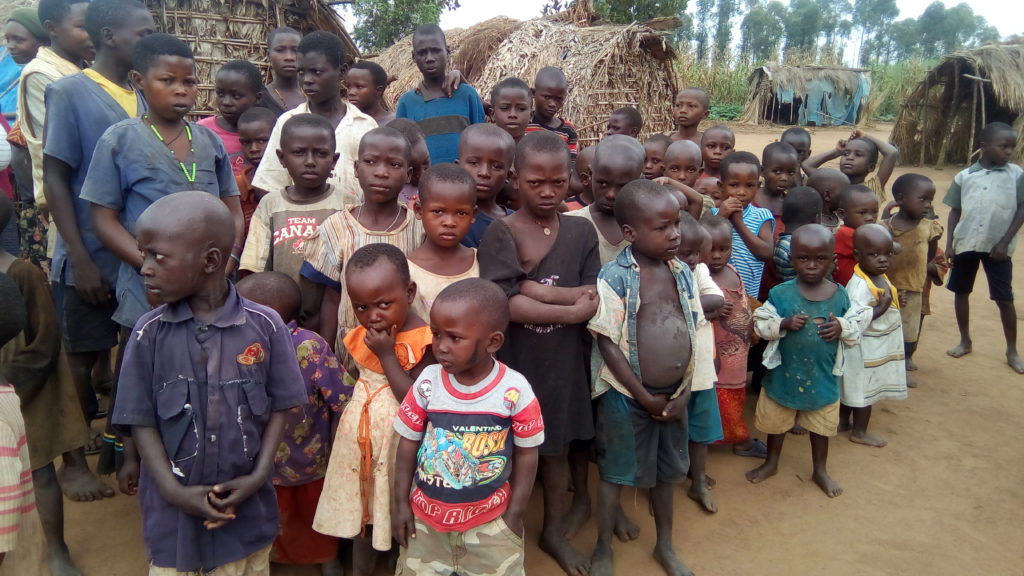
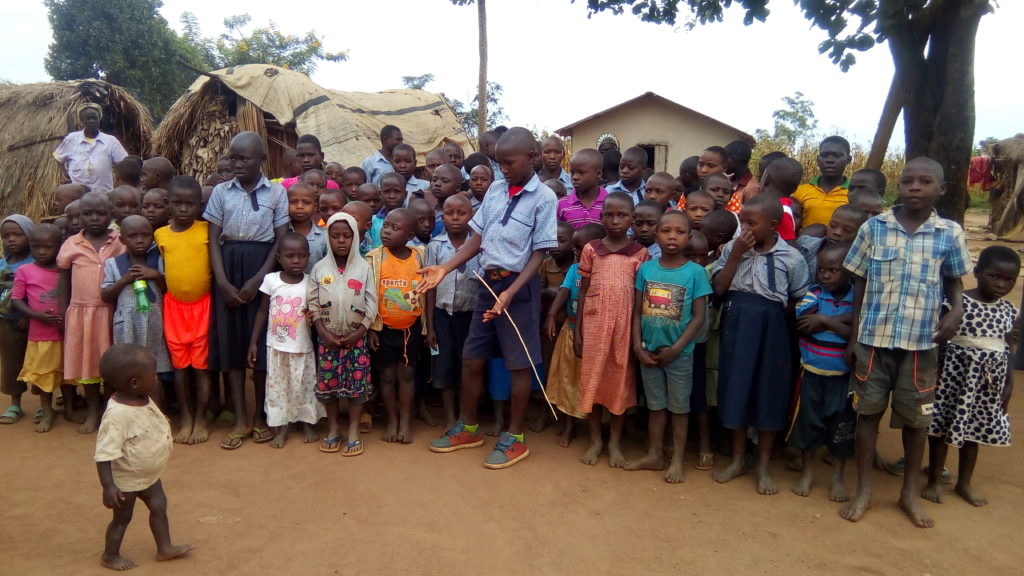
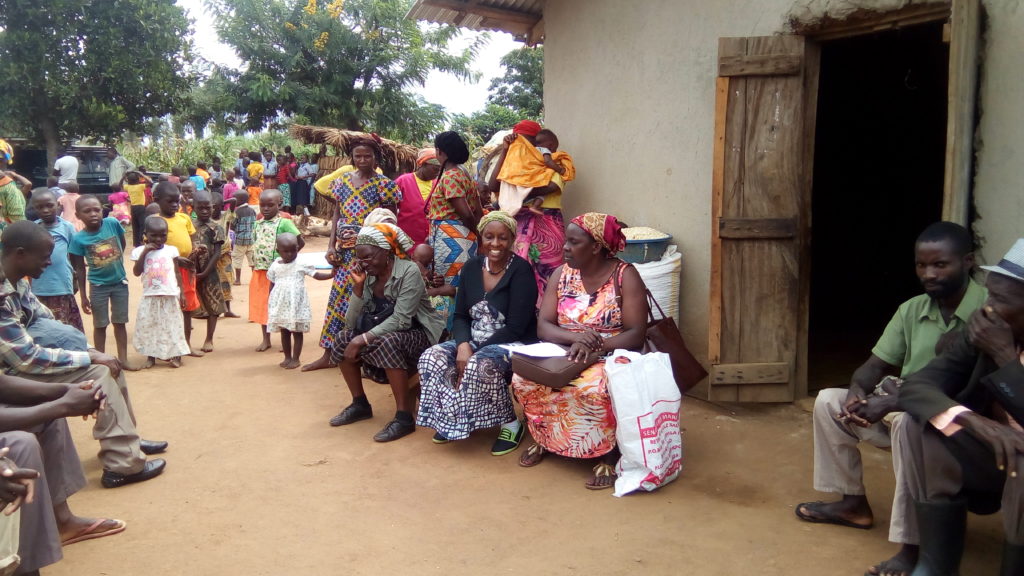
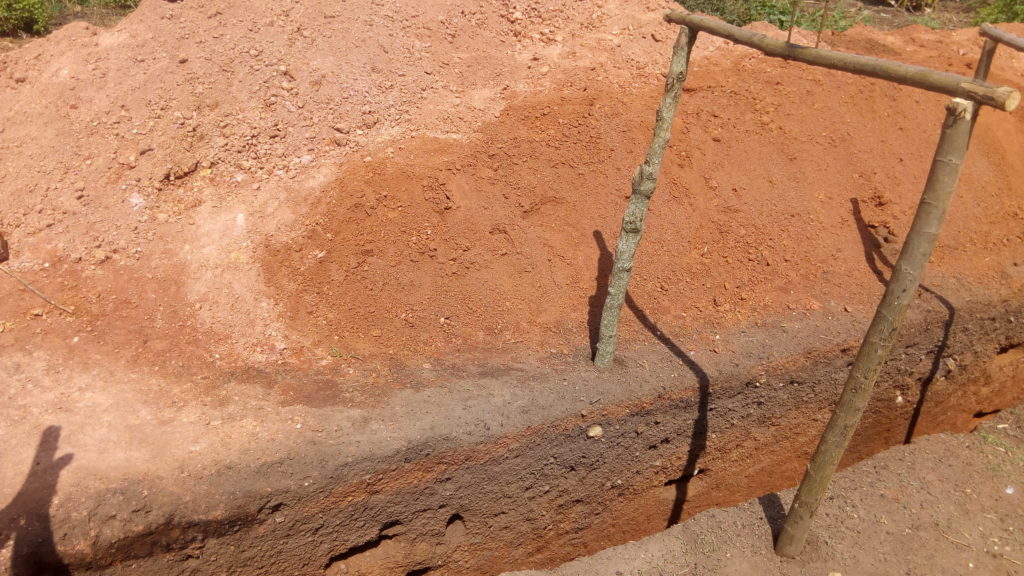
This is good work. But I am not reading issues to do with the victims rights they had or still demand to have over the Prince’s land. Were they lincencees, lawful or bonafide tenants. Did they fall into the grey area of landlord-occupier situation that needed an independent arbitrator? Were their destructed properties and crops valued as per the law?
Hello Simon, thank you for your concern all indications are very clear that this was a well calculated move of highly connected land grabers to grab land and frustrate the poor. Up to date there is no credible documentation to show that prince Kimera actuary owned that land.